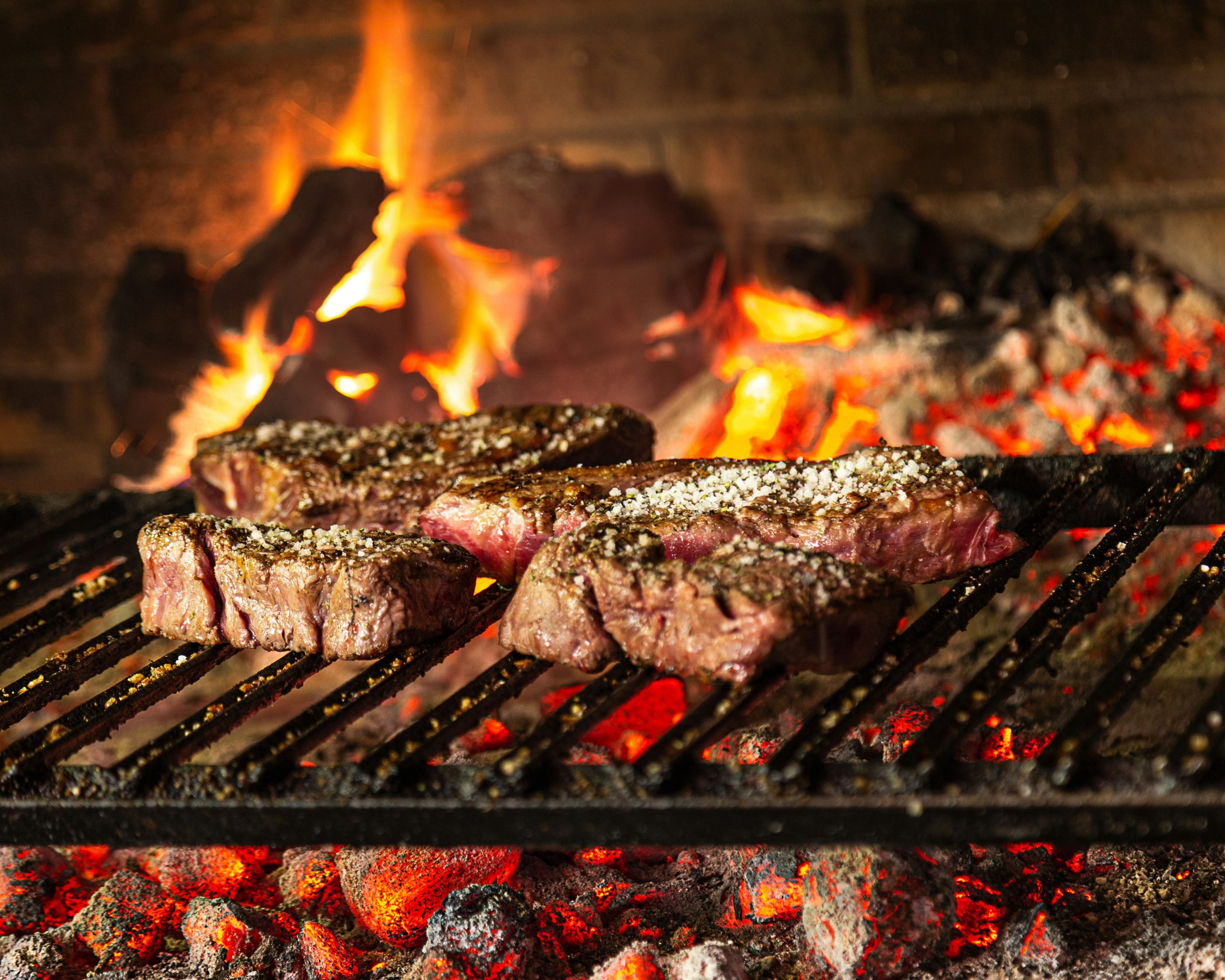Understanding Different Cuts of Beef
Understanding the various beef cuts available is essential before visiting the butcher. Primal cuts, which are further subdivided into sub-primal cuts, are used to cut beef. There are differences in the texture, flavor, and softness of each sub-primal cut. Brisket, short ribs, beef ribs, tri-tip, and ribeye are some of the most well-liked beef cuts for grilling. Because to their higher fat content, these cuts cook more flavorfully and tenderly.
Choosing the Best Cuts of Beef
Since it directly impacts the meat’s flavor and quality, picking the best cuts of beef is crucial. Choosing the right cut of beef can have a big impact on the outcome of the dish because different cuts of beef vary in terms of tenderness, flavor, and fat content.
For instance, a soft cut of beef can be cooked rapidly at high temperatures, whereas a tough and chewy cut may require longer cooking periods and alternative preparation techniques. Also, various cuts of beef could work better in specific preparations, such as a stew that is cooked slowly or a steak that is grilled.
When selecting a cut of beef for your BBQ, consider the following factors:
Fat Content
When selecting the best cut of beef, fat content is an important consideration because it has a significant impact on the meat’s flavor, texture, and juiciness. The amount and distribution of fat in the beef can affect the meat’s overall tenderness and quality. For instance, compared to leaner cuts of beef, those with more marbling (intramuscular fat) tend to be more tender and flavorful. Fat can additionally add moisture to the meat, making it juicy and succulent. It is crucial to keep in mind, though, that an abundance of fat can also result in unhealthy concentrations of saturated fats, which raise the risk of heart disease and other health problems.
Thickness
Since they offer a greater surface area for searing and sealing in fluids, bigger slices of beef are typically preferred because the finished product is more flavorful and tender. Additionally, thicker cuts of beef are less likely to dry out or become tough when cooked, as they have more marbling and connective tissue that breaks down during the cooking process. These factors contribute to the popularity and high value of many of the most well-known and prized cuts of beef, including the ribeye, porterhouse, and filet mignon.

Cut
The cut of beef refers to the specific portion of the animal from which the meat is obtained. The tenderness, flavor, and fat content of the various beef cuts vary. When selecting the best cut of beef, the cut is an important consideration because it has a significant impact on the meat’s overall quality. For instance, cuts from the animal’s muscles that are used more frequently have a tendency to be tougher and need more time to cook before becoming tender. Conversely, slices from muscles that aren’t as frequently utilized tend to be more tender and cook more rapidly.
Quality
Quality is considered a crucial factor when selecting the best cut of beef because it determines the meat’s taste, tenderness, and overall enjoyment of the eating experience. The quality of beef is influenced by various factors, including the breed of cattle, the animal’s diet, age, and how it was raised, and the method used to process and store the meat. The highest quality beef is typically sourced from cattle that are well-bred, grass-fed, and free-range, which results in meat that is tender, juicy, and packed with flavor. Additionally, the level of marbling, or the amount of fat evenly distributed throughout the meat, also contributes to the quality of the beef. Ultimately, selecting a high-quality cut of beef will result in a more satisfying culinary experience and a more enjoyable meal.
Cooking the meat evenly
To ensure that the meat cooks uniformly and maintains its moisture while grilling, it is crucial to maintain a constant temperature. Insulating a smoker firebox is one way to achieve this. A smoker’s firebox can be insulated by adding an additional layer of insulation to the firebox’s walls. This lowers the amount of fuel required to keep the fire going while also assisting in maintaining a constant temperature. You can insulate a smoker firebox in a number of ways, including by utilizing heat-resistant supplies like ceramic fiber insulation or refractory cement. You can get these materials from specialty shops or online.
It might be exciting and entertaining to select the best cuts of meat for your upcoming barbecue. While choosing your beef, keep in mind to take the fat content, thickness, cut, and quality of the meat into account. A consistent temperature can be achieved and a mouthwatering BBQ that will impress your guests by insulating your smoker firebox. Happy barbecuing!
Get in touch if you are interested in the best quality of grass-fed beef that North California has to offer.








